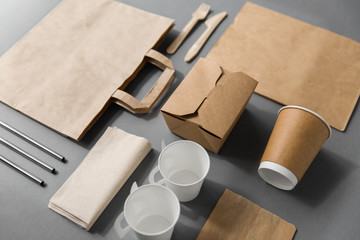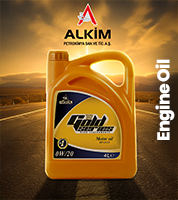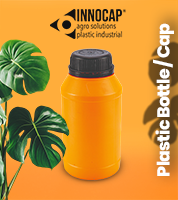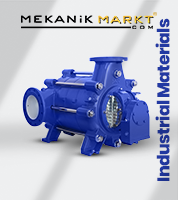Synonyms for Paper Bags
- Kraft bags
- Grocery bags
- Carton bags
- Pouches
- Sacks
- Envelopes (for flat items)
- Wrapping bags
- Recyclable bags
- Tote bags (when reinforced)
- Eco bags
Varieties and Types of Paper Bags
1. By Material
Kraft Paper Bags:
- Made from durable kraft paper, available in brown or bleached white.
Recycled Paper Bags:
- Made from post-consumer recycled paper, eco-friendly options.
Coated Paper Bags:
- Glossy or matte coating for water resistance and aesthetics.
Laminated Paper Bags:
- Reinforced with plastic or foil for added strength and waterproofing.
2. By Structure and Design
Flat Bags:
- Simple, flat design without a gusset, often used for small or flat items (e.g., bakery items, greeting cards).
Gusseted Bags:
- Bags with expandable sides or bottoms, ideal for carrying bulky items.
Handle Bags:
- Bags with handles for convenience, often used for retail.
- Twisted paper handles
- Die-cut handles
- Ribbon or rope handles
Stand-Up Bags:
- Paper bags with a structured base that allows them to stand upright.
3. By Usage
Retail Paper Bags:
- Commonly used in shops for clothing, books, and gifts.
Food Service Bags:
- Bakery bags
- Sandwich bags
- Coffee bean bags (with or without windows)
Takeaway/Delivery Bags:
- Sturdy bags for carrying food and beverages, often with reinforced bases.
Grocery Bags:
- Heavy-duty paper bags for groceries, with or without handles.
Luxury Gift Bags:
- High-quality, aesthetically designed paper bags used for gifting.
4. By Custom Features
Window Bags:
- Bags with transparent sections to showcase products, common in food packaging.
Printed Bags:
- Bags with logos, patterns, or promotional messages for branding purposes.
Foil-Lined Bags:
- Bags with an inner layer of foil for insulation, often used for hot or cold food.
Biodegradable Bags:
- Made entirely from compostable materials.
Water-Resistant Bags:
- Coated or laminated for carrying items in wet conditions.
5. By Size and Shape
- Small paper bags (e.g., for jewelry, cosmetics)
- Medium-sized paper bags (e.g., for books, gifts)
- Large paper bags (e.g., for apparel, bulk food)
- Square-bottom bags (for better stability)
- Slim paper bags (e.g., for wine bottles)
Usage Principles for Paper Bags
Durability:
- Choose paper thickness (measured in GSM – grams per square meter) based on the weight and type of items to be carried.
Eco-Friendliness:
- Use biodegradable or recycled paper bags for sustainability.
Branding Opportunity:
- Opt for custom-printed designs for marketing purposes.
Cost-Effectiveness:
- For bulk use, lightweight paper bags can reduce costs but may compromise strength.
Food Safety:
- Use food-grade paper for bags intended to hold edibles.
Reinforcement:
- Add reinforcements (e.g., double layers, handles) for heavy or fragile items.
Aesthetic Appeal:
- Use coated or high-quality paper for luxury or gift items.
Regulatory Compliance:
- Ensure the bags meet environmental and safety regulations in your region.


 Add New Company
Add New Company





